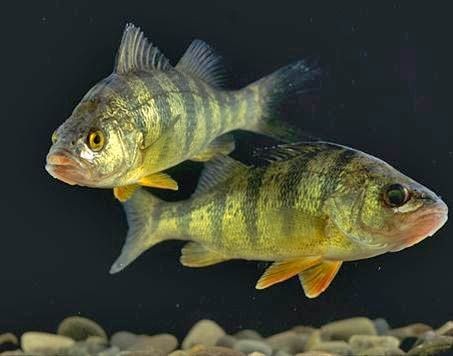A trophic cascade is a fascinating ecological process that occurs when changes at the top of a food chain ripple down through lower levels, leading to significant shifts in population sizes and ecosystem structure. It’s essentially an indirect interaction where predators influence plants and other primary producers by controlling the abundance and behavior of herbivores.
Trophic cascades highlight the interconnectedness of ecosystems and demonstrate how removing or adding a top predator can dramatically alter the entire system. They play a vital role in shaping biodiversity, nutrient cycling, and overall ecosystem health.
How Trophic Cascades Work
In a typical three-level food chain, carnivores (top predators) consume herbivores, which in turn consume primary producers like plants or phytoplankton. A trophic cascade occurs when changes in the carnivore population trigger a chain reaction.
- Increase in Carnivores: Leads to a decrease in herbivores, allowing primary producers to thrive.
- Decrease in Carnivores: Results in an increase in herbivores, potentially leading to overgrazing and a decline in primary producers.
For example, the reintroduction of wolves to Yellowstone National Park is a classic case study. Wolves prey on elk, and the reduced elk population allowed vegetation like willow and aspen to recover. This, in turn, benefited other species like beavers and songbirds.
Examples in Aquatic and Terrestrial Ecosystems
Trophic cascades are observed in various environments, from oceans and lakes to forests and grasslands. Here are some notable examples:
Aquatic Ecosystems
- Lakes: Experiments involving the addition or removal of predatory fish like bass and yellow perch have shown significant impacts on phytoplankton biomass, nutrient recycling, and overall water quality.
- Oceans: Overfishing of cod in the North Atlantic Ocean led to an increase in small pelagic fish, a decrease in herbivorous zooplankton, and ultimately an increase in phytoplankton.
- Kelp Forests: The historical harvesting of sea otters, which prey on sea urchins, resulted in a surge in sea urchin populations and the subsequent destruction of kelp forests due to overgrazing.
Terrestrial Ecosystems
- Yellowstone National Park: As mentioned earlier, the reintroduction of wolves had a cascading effect on elk populations and vegetation recovery.
- Alberta, Canada: Wolf restoration in the Bow Valley led to decreased elk populations and increased growth of aspen and willow trees.
These examples underscore the importance of top predators in maintaining ecosystem balance and resilience.
The Role of Top Predators and Mesopredator Release
The presence or absence of top predators can have profound effects on ecosystems. The removal of top predators often leads to a phenomenon called mesopredator release. This occurs when mid-sized predators, no longer suppressed by top predators, experience population booms. These mesopredators can then exert increased pressure on their prey, potentially leading to further imbalances in the ecosystem.
For example, the decline of cougars and wolves in parts of North America has allowed coyote, red fox, and raccoon populations to increase. This can lead to increased predation on smaller animals and birds. Similarly, the loss of large sharks in the ocean has allowed smaller shark and ray populations to increase, impacting their prey species.
Biomanipulation and Trophic Cascades in Lakes
Trophic cascades are also used in lake management through a process called biomanipulation. This involves intentionally manipulating the food web to improve water quality.
One common goal of biomanipulation is to reduce the abundance of harmful phytoplankton, such as toxic blue-green algae. This can be achieved by stocking lakes with game fish, which then reduce populations of smaller planktivorous fish. This, in turn, allows herbivorous zooplankton to thrive and graze on the harmful phytoplankton.
Conclusion
Trophic cascades are a crucial concept in ecology, demonstrating the complex interdependencies within ecosystems. They highlight the critical role of top predators in maintaining balance and biodiversity. Understanding trophic cascades is essential for effective conservation and management strategies, as it allows us to predict and mitigate the potential consequences of human activities on ecosystems. By protecting top predators and managing food webs sustainably, we can help ensure the health and resilience of our planet’s diverse ecosystems.
